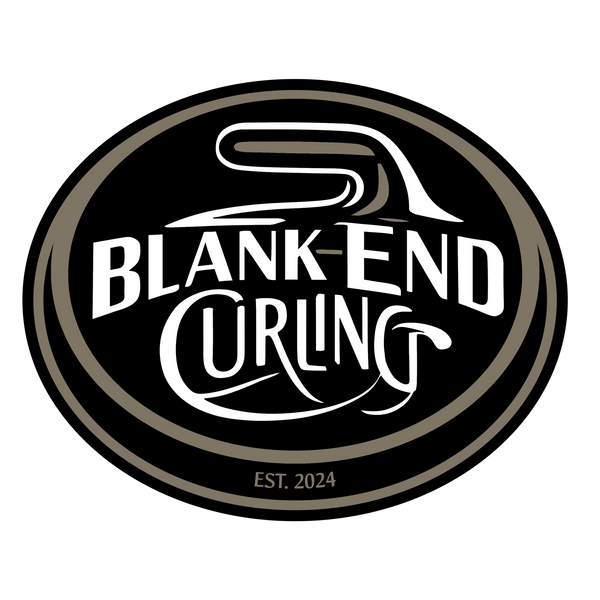Hey there, fellow curling enthusiasts! Have you ever watched a curling match and found yourself scratching your head, wondering how on earth the scoring works?
Well, fear not – you're not alone! Curling scoring may seem like a bit of a mystery at first, with its strange-looking targets and intricate point system, but once you understand the basics, it's actually quite simple and straightforward. So, grab your brooms and stones, and let's unravel the secrets of curling scoring together!
The Basics of Curling Scoring: How It All Adds Up
At its core, curling scoring is all about getting your stones as close to the center of the target – known as the "house" – as possible. Each team takes turns sliding their stones down the ice and trying to outmaneuver their opponents, with the ultimate goal of scoring more points than the other team. But how exactly do you earn points in curling? Let's break it down:
- Scoring Stones: The most common way to score points in curling is by having your stones closer to the center of the house than your opponent's stones. At the end of each "end" – which is similar to an inning in baseball – the team with the stone closest to the center of the house earns one point for each stone that is closer to the center than their opponent's closest stone.
- Bonus Points: In addition to scoring points for stones in the house, teams can also earn bonus points – known as "bonus ends" – for having multiple stones closer to the center of the house than their opponent's closest stone. For example, if a team has two stones closer to the center than their opponent's closest stone, they would earn two bonus points.
- Blank Ends: Sometimes, neither team scores any points during an end – this is known as a "blank end." In a blank end, the team that threw the last stone retains the "hammer" – or the last stone advantage – for the next end.
- Stealing Points: It's also possible for a team to steal points from their opponents by placing their stones closer to the center of the house than their opponent's stones without the last stone advantage. This is known as a "steal" and can be a strategic way to gain an advantage in the game.
Understanding the House
Now that you know how points are scored in curling, let's take a closer look at the target itself – the house. The house is comprised of several concentric circles, with the center of the target – known as the "button" – being the most valuable spot. The closer a stone is to the button, the more points it scores for its team. In addition to the button, the house is divided into different "rings" – with the innermost ring being the "four-foot," followed by the "eight-foot," "12-foot," and "back-line." The farther away a stone is from the button, the fewer points it scores for its team.
Strategy and Skill
While understanding the basics of curling scoring is important, it's also essential to recognize the strategic and tactical aspects of the game. Curling is as much a game of strategy as it is a game of skill, with teams constantly jockeying for position and trying to outsmart their opponents. From strategic placement of stones to precise execution of shots, every aspect of the game requires careful thought and consideration. And let's not forget about the mental aspect of curling – staying focused, composed, and confident under pressure is crucial to success on the ice. So, whether you're a seasoned pro or a curious newcomer, honing your strategic and tactical skills is key to curling success.
The Thrill of Victory
At the end of the day, curling scoring is all about having fun, enjoying the camaraderie of your teammates, and celebrating the thrill of victory – no matter the outcome of the game. Whether you're scoring points left and right or struggling to find your rhythm on the ice, remember that curling is a game of highs and lows, wins and losses. So, embrace the ups and downs, learn from your experiences, and keep pushing yourself to improve with each passing game. After all, it's not just about winning – it's about the journey, the friendships, and the memories made along the way.
Conclusion: Scoring Points
And there you have it, folks – a beginner's guide to understanding curling scoring. While curling may seem like a complex and mysterious sport at first, it's actually quite simple and straightforward once you grasp the basics. So, the next time you're watching a curling match or stepping onto the ice yourself, you'll have a newfound appreciation for the magic of curling scoring – and the excitement it brings to the game. Happy curling, and may your stones always find the button!
